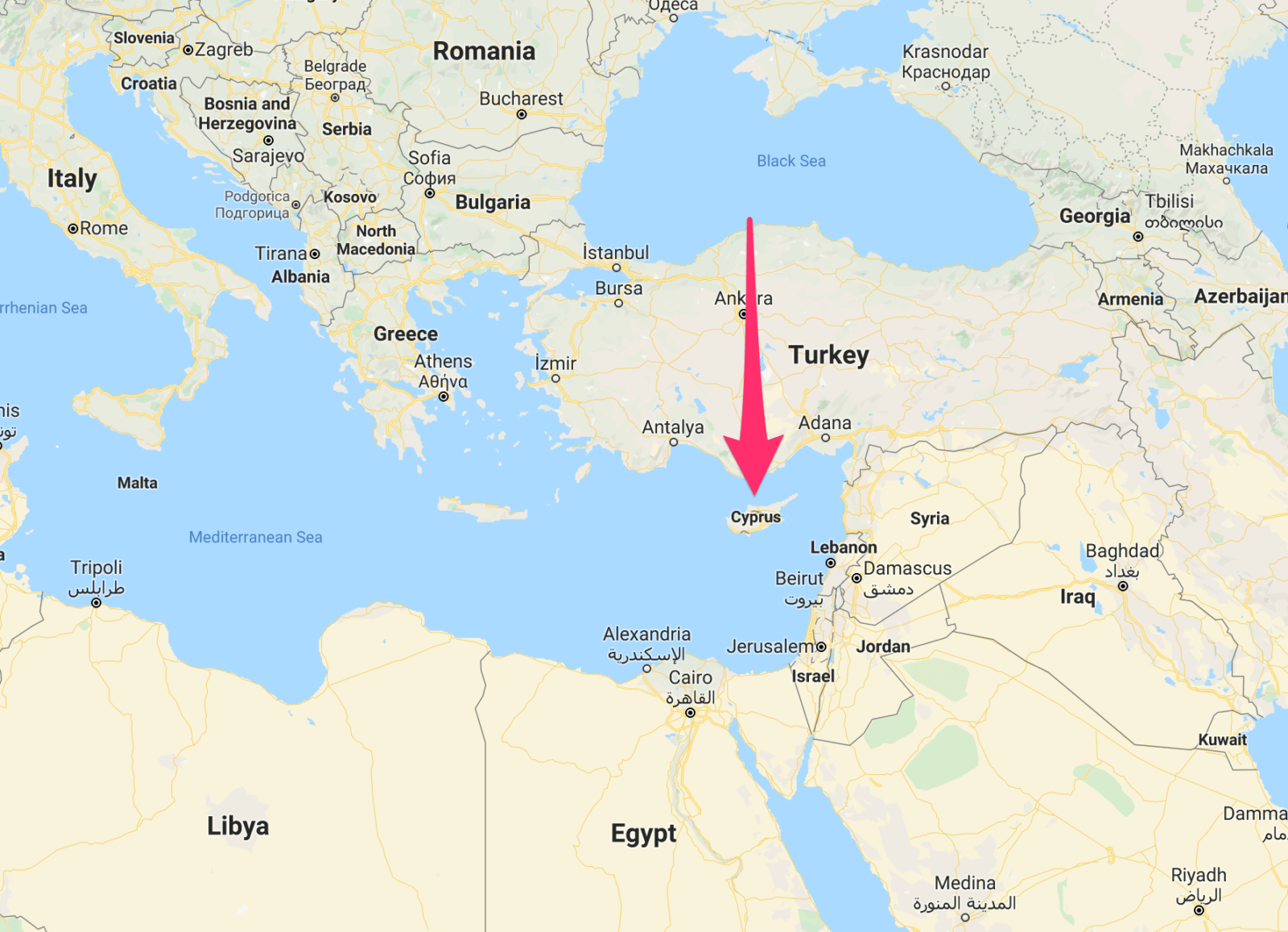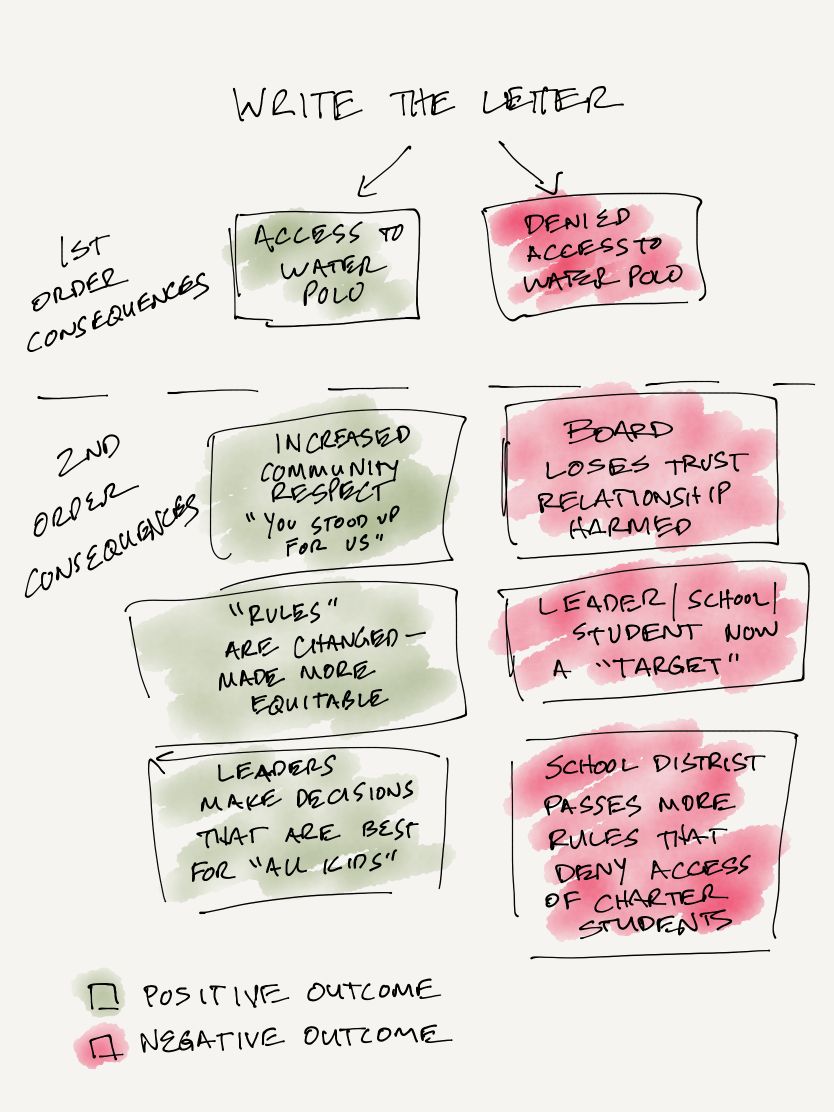Estimated reading time: 5 minutes (+ videos)
What is second-order thinking?
Second-order thinking is our ability to think past the immediate consequences of a given decision. If we fail to consider second and third-order consequences, we are vulnerable and potentially will have to clean up a major mess in the future.
Second-level effects are rarely considered until it’s too late. For this reason, it is often referred to as “The Law of Unintended Consequences.”
The rise of diabetes across the world (especially in America) is directly linked to a poor diet.
If you are eating a Big Mac, I’m sure the primary reason you’re eating it is to satisfy your hunger and it’s cheap (some may even argue tasty).
But week after week of eating a poor diet will lead to negative health outcomes. By the time the doctor diagnoses you with diabetes, the damage has been done. This is a second-order consequence of a poor diet.
I call second-order thinking “The Ripple Effect.”
Consider the pebble you throw into the water. You know that the pebble will make a splash and will sink. You also know that it will also cause a ripple, but what is unclear is how many ripples will occur and how long they will last.
If you want to be an effective school leader and build better schools, second-order thinking is crucial.
Download your decision making matrix + coaching video here
Oops! We could not locate your form.

Why are there so many cats in Cyprus?
My wife’s mentor is Cypriot. He is like a father to us and he spoils us like his children.
(map below if you don’t know where Cyprus is ?)

Each summer he goes home to Cyprus and invites us to stay. He rents the house and pays for most of the food. We just have to cover travel and chip in when we go out to eat.
There are 3 things you will notice right away when visiting Cyprus:
- It is beautiful (it has ancient ruins, sleepy villages, beautiful mountains, and gorgeous beaches).
- It is hot (I feel like I’m melting when I’m there!)
- And there are way too many cats.
So what’s with all the cats?
The primary consequence was that the snake infestation was dealt with.
The second-order consequence is that Cyprus now has a cat infestation problem that has lasted for centuries. The cats are everywhere and when you grab a cup of coffee or dine at a cafe, expect at least 3-4 furry friends to visit and beg for food.
It really is a thing.
Visit Cyprus and each souvenir shop exploits this oddity. You can buy everything from paintings, coffee cups, magnets, to tee-shirts praising the Cyprus cat phenomenon.

Central office wanted Sam to destroy his school culture
Download your decision making matrix + coaching video here
Oops! We could not locate your form.
John advocates for his student
So what happened with Sam or John?
If you watched the short videos above, you know that Sam and John faced two really important decisions.
What were the results?
I’ll start first with John. To be honest, the jury is still out. We processed this decision recently in the mastermind so I’m not 100% sure how it will end up (yet).
But this graphic below represents the potential second and third-order consequences. It’s an incomplete list, but it shows a start to robust second-order thinking.

Although Sam’s decision is still playing out, so far his decision has been a wild success.
He decided not to move either first-grade teacher.
The first-order consequence is that the teachers have increased their level of respect and trust in his leadership (they didn’t want to be moved).
The second-order consequences in Sam’s example has also been overwhelmingly positive:
- After Sam showed the central office team his decision framework, they were impressed and noted his decision was better than what they had suggested.
- Central office trust exponentially grew for Sam.
- And as a result, his confidence to make good decisions has increased significantly.
- The community’s trust and respect also continues to grow because of the positive culture Sam advocated for in this decision. They are unaware of the decision he made, but enjoy the benefits of the culture he protected.
Download your decision making matrix + coaching video here
Oops! We could not locate your form.
How can I level-up my thinking?
Here are two questions that you should ask to consider second and third-order consequences regularly:
Question 1 :“And then what?” or “What’s next?”
These questions push us to consider the next consequence. It’s like developing our critical thinking by asking “Why?” five times.
Question 2: “Will this matter in 3 hours, 3 days, 3 weeks, 3 months, 3 years, 3 decades?” I use this question when I work with leaders 1:1 and we are considering the significance of an issue.
This question is like climbing a mountain. It puts you and the problems you face in perspective.
When you apply the “3” question to a decision you face, you begin to explore the second-order consequences and beyond.
By regularly engaging in second-order thinking you will develop your skills and become more effective as a school leader.
If you enjoyed this post, then I recommend reading on emotional intelligence here. EQ is an essential skill for effective leaders.
Or you would probably enjoy this post on tools every school leader should have.
And if you are ready to 10x your skill set, then I invite you to read about and apply to our leadership community, “The Mastermind,” here.
Download your decision making matrix + coaching video here
Oops! We could not locate your form.


